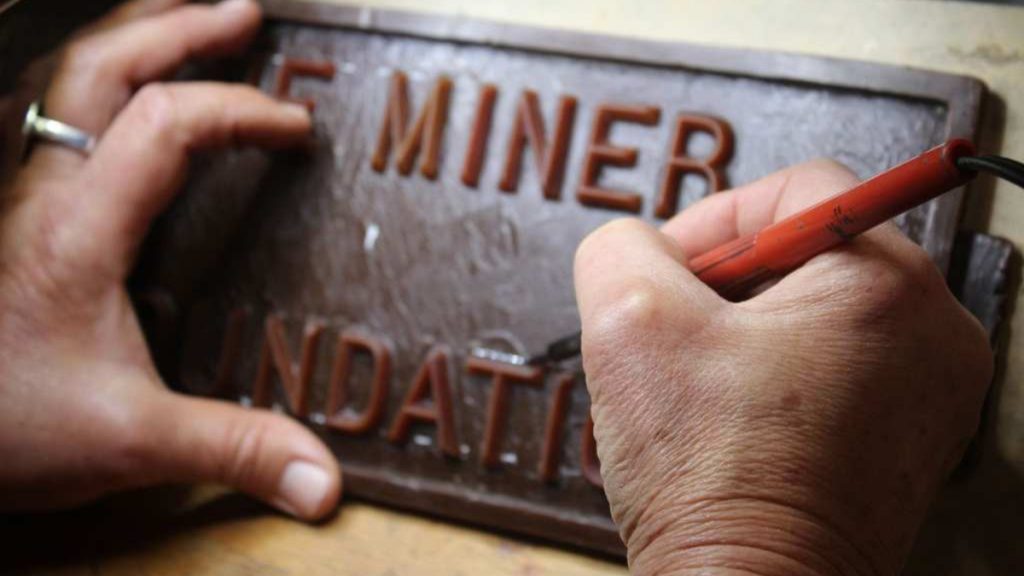In a nutshell, lost wax casting is a technique for producing bronze sculptures. This technology of bronze casting dates all the way back to six thousand years. The first example of the lost-wax method is most likely an amulet discovered in Pakistan’s Mehrangarh. Scientists think its inventor employed the lost wax process because a permanent cast would not have been able to remove the wheel-shaped amulet.
The Procedure for Recovering Lost Wax
Casting is a term used in the art field to describe the process of creating a mold and then pouring a liquid substance into it to form the cast. This liquid may be composed of a variety of components, including rubber, fiberglass, and metal. This technique was employed by ancient Greek sculptors to create bronze sculptures.
Traditionally, wax patterns for each piece of mold were created by hand in lost wax casting. However, nowadays, a single design may be utilized to create several patterns, even if the pattern is destroyed or melted in the process. Molding patterns may be solid or hollow.
When bronze is used in big numbers, it has a tendency to distort. Due to the fact that the artist creates numerous smaller parts and then welds them together, the lost wax technique corrects this. The procedure is lengthy and takes much expertise.
Step one:
The artist begins by creating a clay replica of the thing.
Step two:
After the plaster has set or hardened, this clay is coated with plaster to produce a mold that is then removed in sections. It is removed in sections because, as previously said, bigger portions would deform the bronze that will later be utilized.
Step three:
The hardened pieces are poured with melted beeswax. It dries inside and is then removed.
Step four:
The hollow wax model that has been formed is scrutinized, since this is the ultimate appearance of the finished product. At this time, any last adjustments may be done.
Step five:
The artist fills the wax sculpture with liquid clay. This creates a clay core, which is then encased in a clay mold. While these metal pins cure, they are pounded into the mold’s clay core.
Step six:
The sculpture is heated, at which point the wax melts and pours out of the mold. The spot formerly occupied by the wax is now vacant.
Step seven:
The vacant area is filled with molten bronze.
After the bronze has cooled completely, the clay and metal pins are removed.
Step nine:
The sculptor assembles all of the separate bronze components.
Since time immemorial, this lost wax process has been used to cast jewelry and tiny pieces. Additionally, it is utilized to create fashion accessories like brooches and buckles. Certain vehicle manufacturers fabricate engine blocks using a lost-foam process. Nowadays, the lost wax method is employed in dental repair, fine jewelry, and sculpting, among other applications. This process is used to cast silver, gold, aluminum, brass, and bronze.
The Pros of Lost Wax Casting:
The lost-wax method may be employed with any substance that is capable of burning, melting, or evaporating to form a mold cavity.
Every aspect of the original wax was faithfully recreated
Allows for castings to be shaped in ways that would be impossible with conventional processes.
It creates very smooth surfaces.
It completely removes the majority of machining procedures.
It is applicable to all metals and alloys with a low to a high melting point.
Cons of Lost-Wax Molding:
Due to equipment size limitations, this method is not suitable for big products.
The equipment and procedure are expensive.
This procedure requires a high level of competence.
Conclusion
Lost wax casting is an ancient technique in which the wax pattern melts during the molding process, thus the term “lost wax.” Different foundries use a variety of lost wax casting techniques, and the process’s dependability continues to interest both foundrymen and artists. Only this procedure is capable of capturing the intricate design of sculptures, jewelry, and vehicles. This old metal casting technique, known as lost wax casting, has never lost its luster, despite the process’s name being changed to investment casting and various variations.

